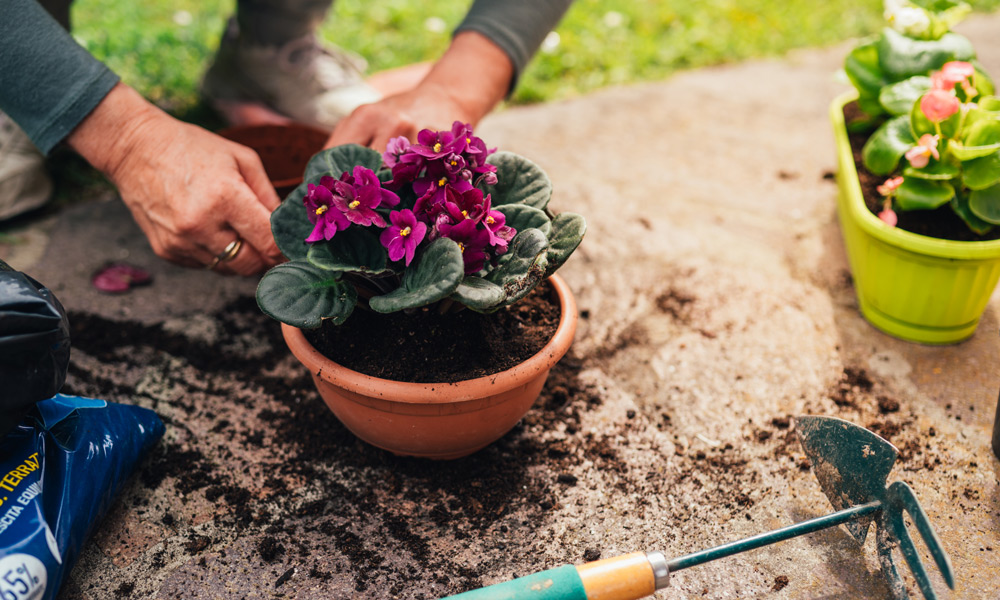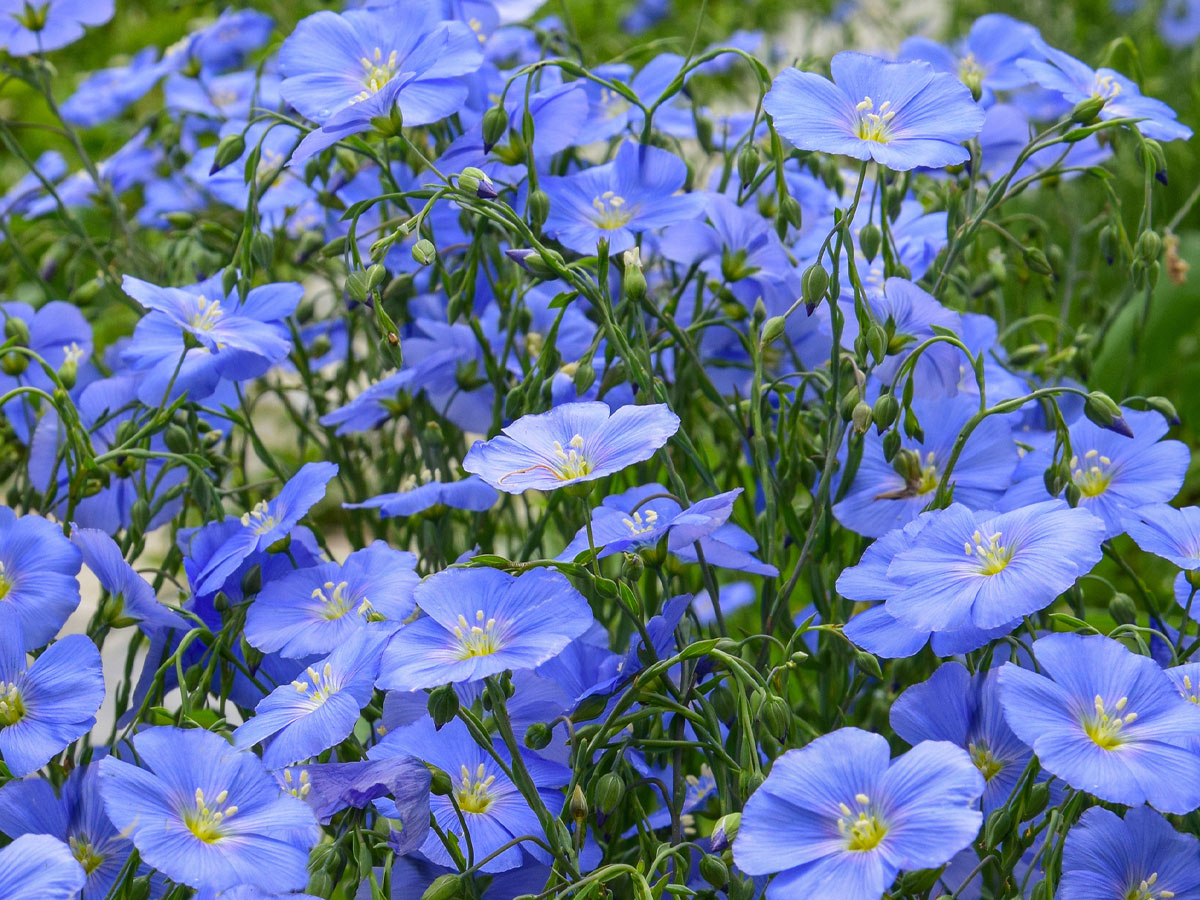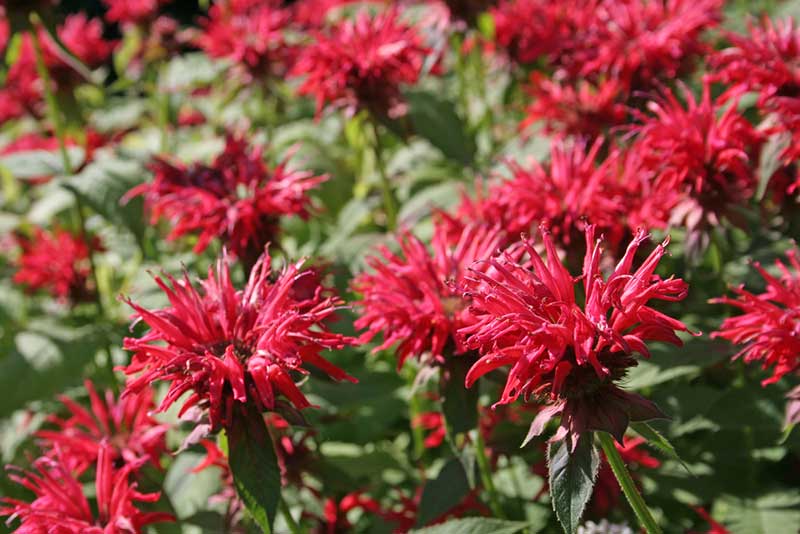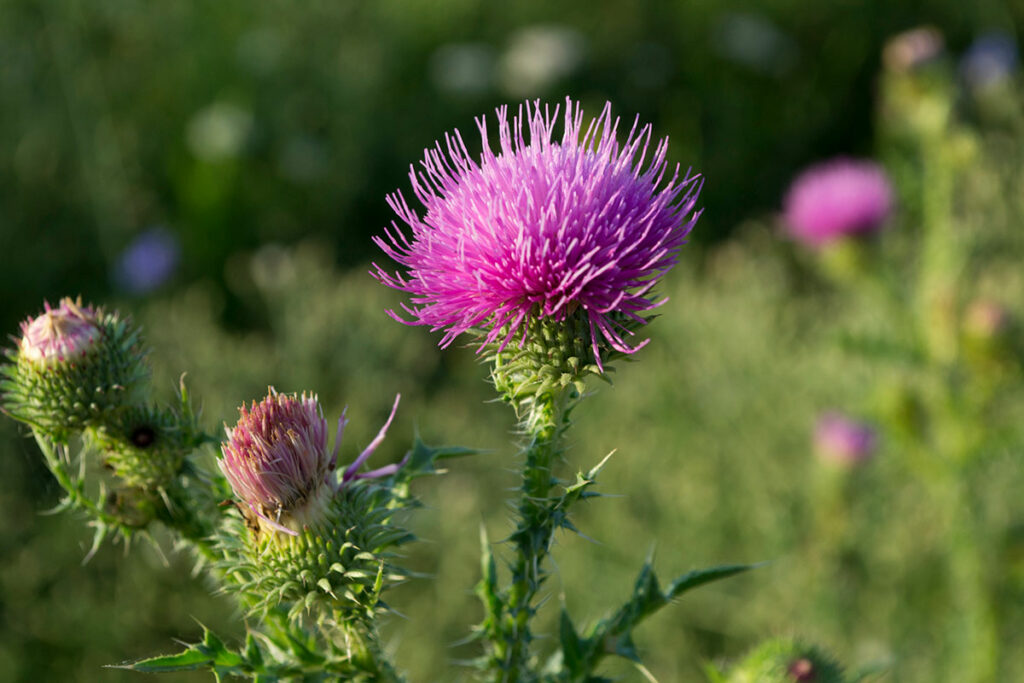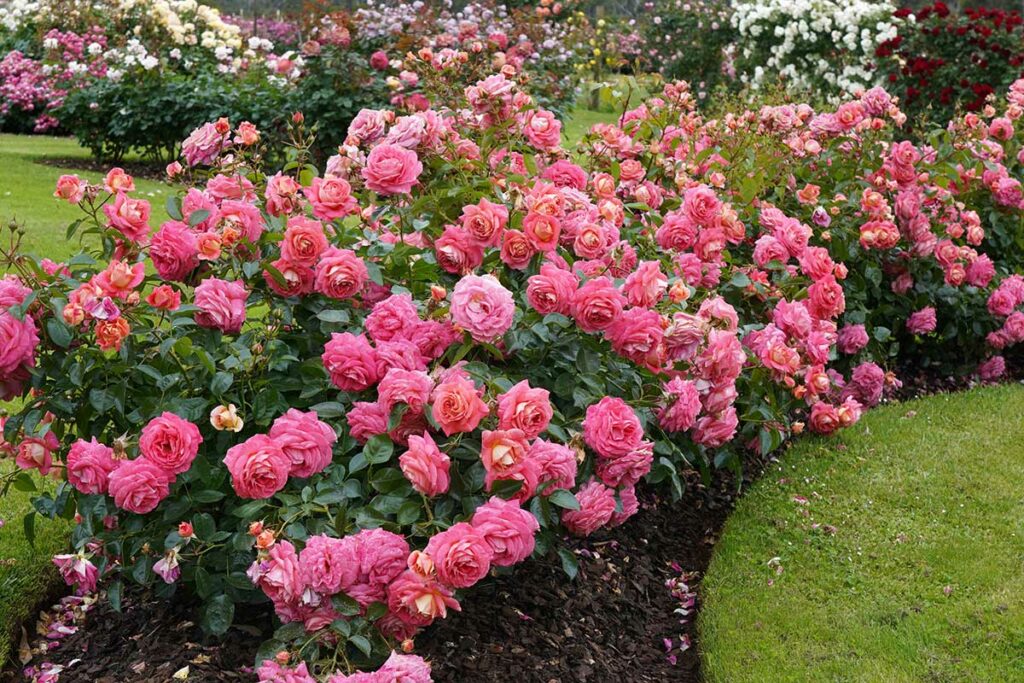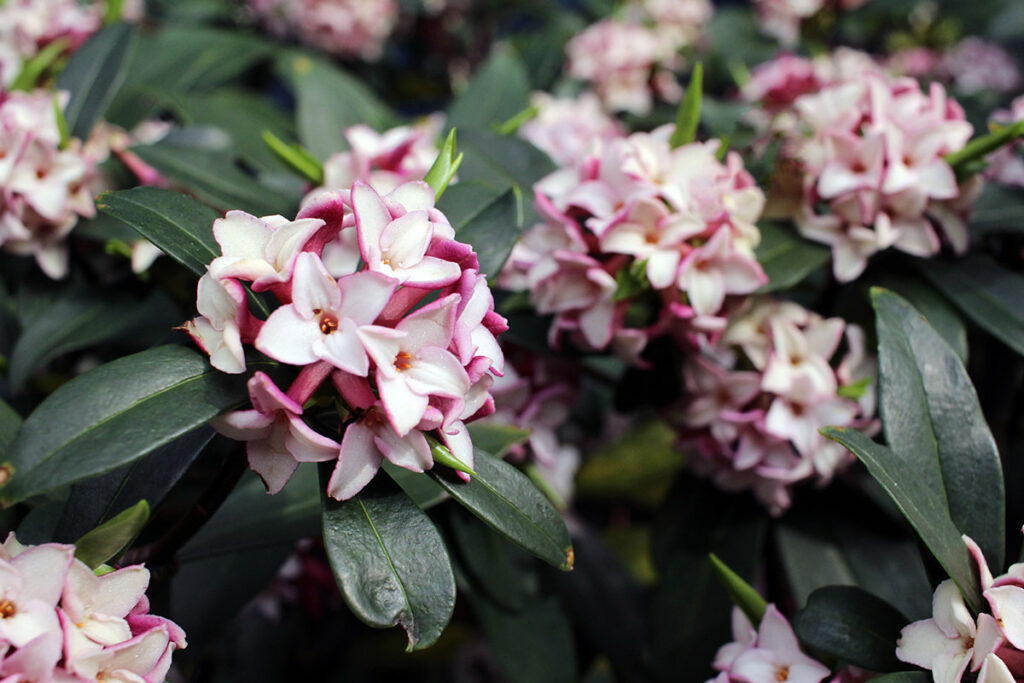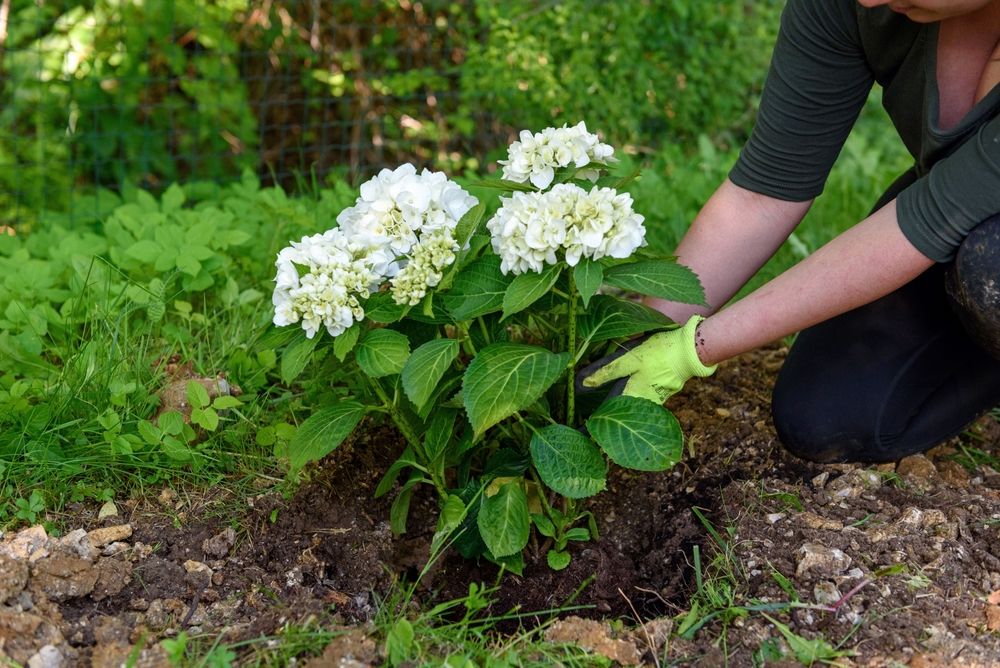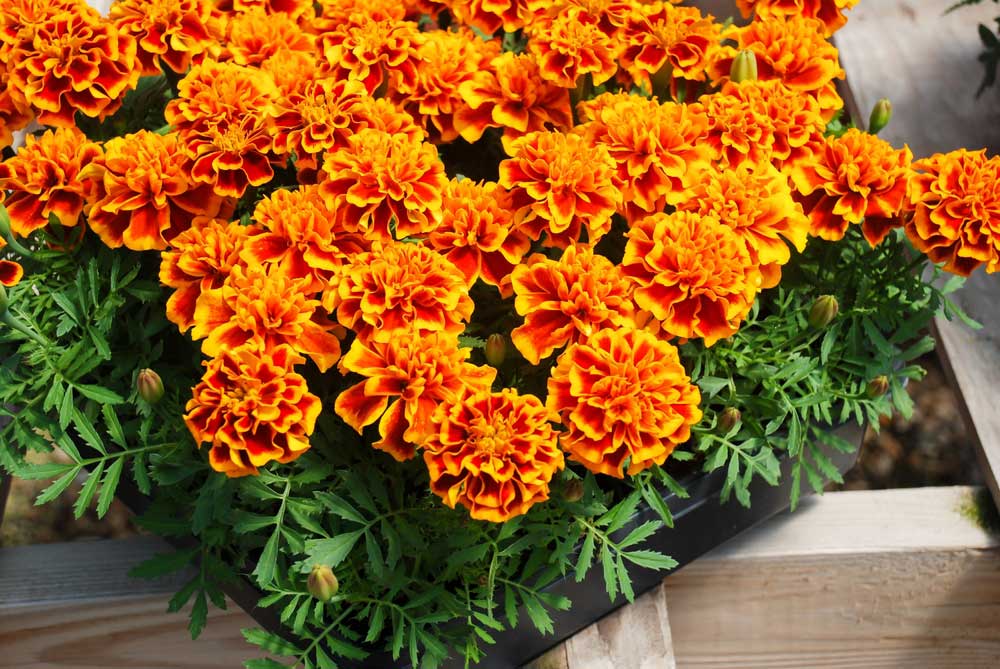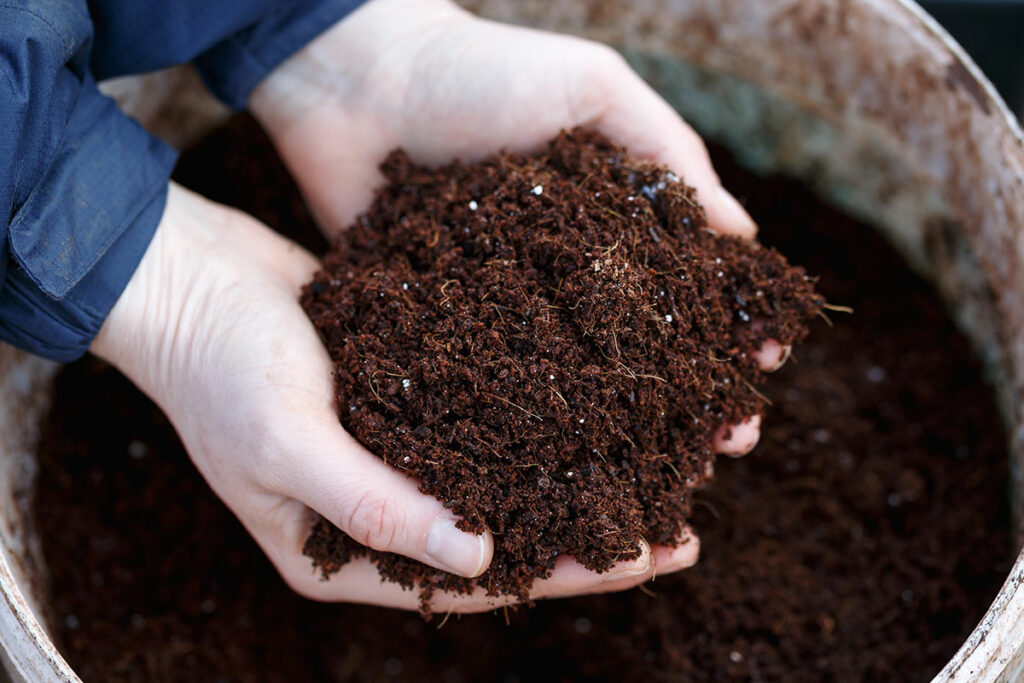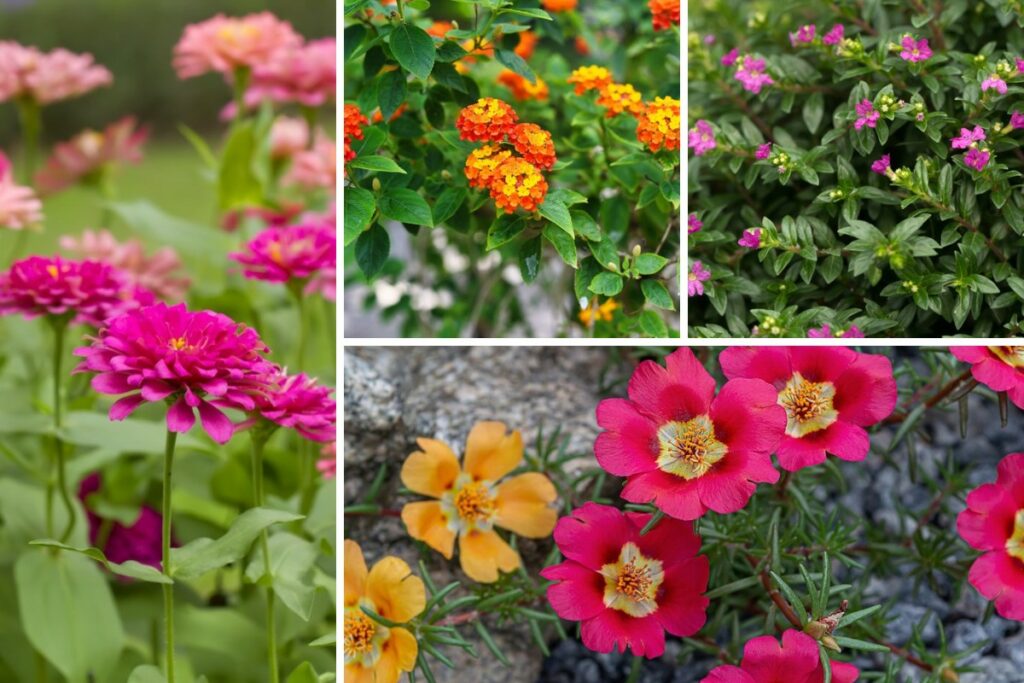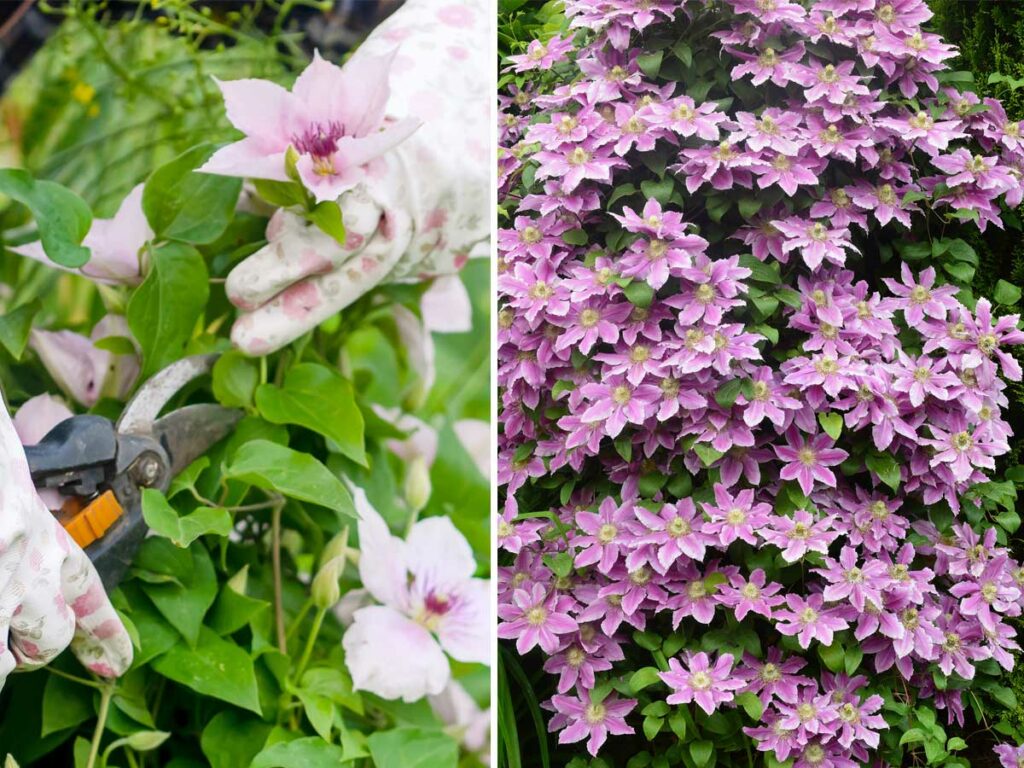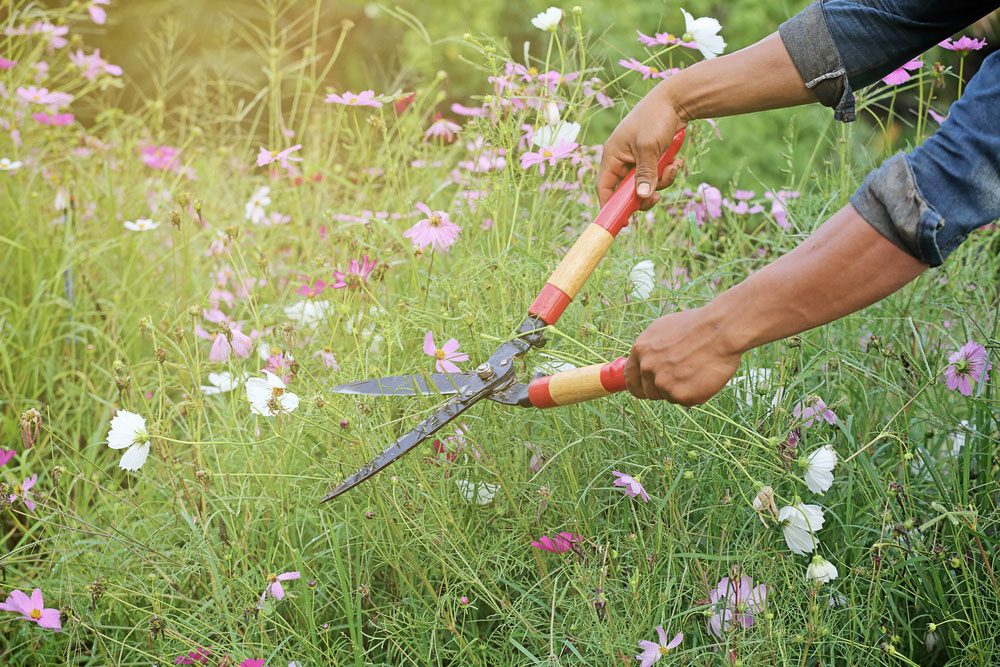
We all want our gardens to look their absolute best, don’t we? There’s nothing quite like the satisfaction of walking through your flower beds and seeing continuous waves of colorful blooms.
But here’s the thing – some flowers need a little extra attention to keep that show going, while others are perfectly happy doing their own thing. Today, we’ll go over which flowers benefit from deadheading and which ones you can pretty much ignore (in the best possible way!).
But what is deadheading, exactly? It’s simply the process of removing spent flowers from your plants. Think of it as giving your flowers a little haircut – snipping off the old, faded blooms to encourage fresh new ones.
However, not all flowers need this treatment, and some are what we call “self-cleaning.” Let’s look at both types so you can spend your gardening time where it really counts!
5 Flowers That Love a Good Deadheading
1. Roses (Rosa species)
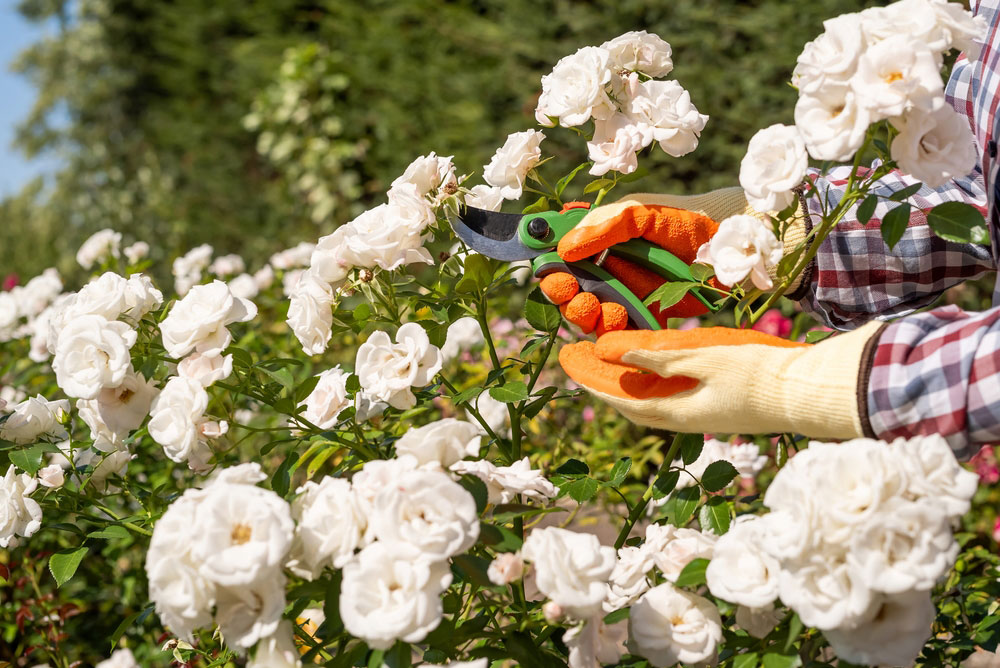
If you’re growing repeat-blooming roses – and let’s face it, most of us are – deadheading is absolutely essential. These beauties put all their energy into making seeds once those petals start to fade, which means fewer flowers for you.
You’ll want to cut back to the first five-leaflet leaf, making your cut at a 45-degree angle about a quarter-inch above the leaf node. Does this sound complicated? It’s really not!
Just remember: old flower off, new flowers on. While hybrid teas and floribundas are particularly needy in this department, even your shrub roses will reward you with more blooms if you stay on top of deadheading.
2. Dahlias (Dahlia species)
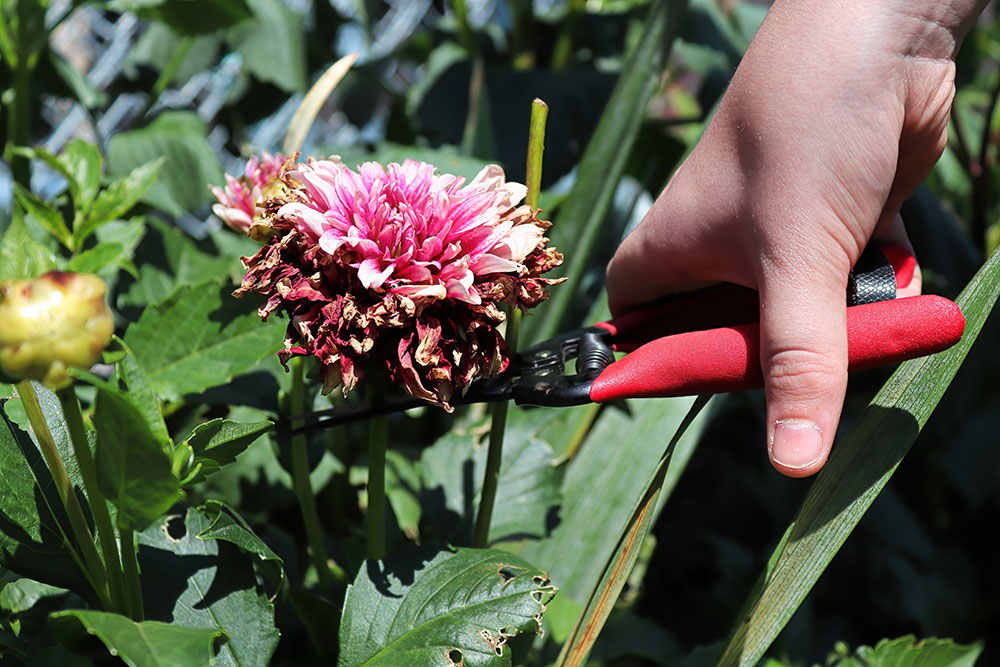
These showstoppers are absolutely worth the extra effort, and deadheading is key to keeping them performing all season long. You can deadhead dahlias every few days during peak season – yes, they’re that prolific!
Cut the stem back to the next bud or leaf node, and you’ll be amazed at how many more flowers appear. If you’re looking to create stunning cut flower arrangements, dahlias are perfect for this since cutting them actually encourages more blooms. In fact, the more you cut, the more they’ll produce!
3. Cosmos (Cosmos bipinnatus)

Here’s a flower that really responds to deadheading, especially if you want to prevent excessive self-seeding. While cosmos will naturalize beautifully in the right conditions, deadheading keeps them focused on flowering rather than setting seed.
You’ll want to pinch or cut spent blooms back to the next set of leaves or buds. However, if you’re hoping for some volunteer cosmos next year, you can let a few go to seed toward the end of the season. The choice is yours!
4. Zinnias (Zinnia elegans)
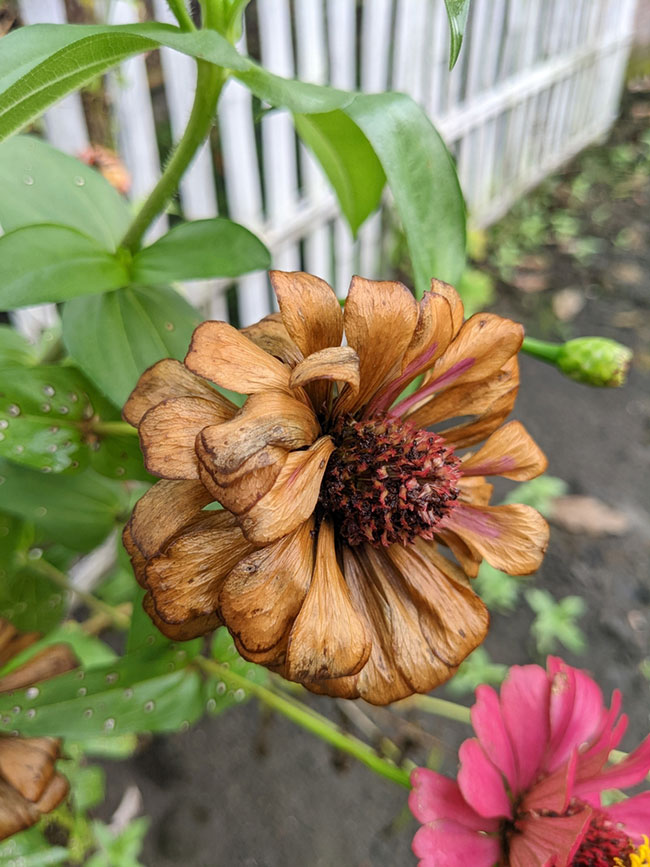
Zinnias are workhorses in the summer garden, but they do appreciate regular deadheading to keep those vibrant blooms coming.
Cut them back to the next set of leaves or side shoots, and you’ll notice the difference within days. These flowers are fantastic for cutting gardens because, like dahlias, the more you cut them, the more they’ll produce.
If you’re looking to attract butterflies to your garden, zinnias are perfect – and deadheading ensures there are always fresh flowers for your winged visitors.
5. Geraniums (Pelargonium species)
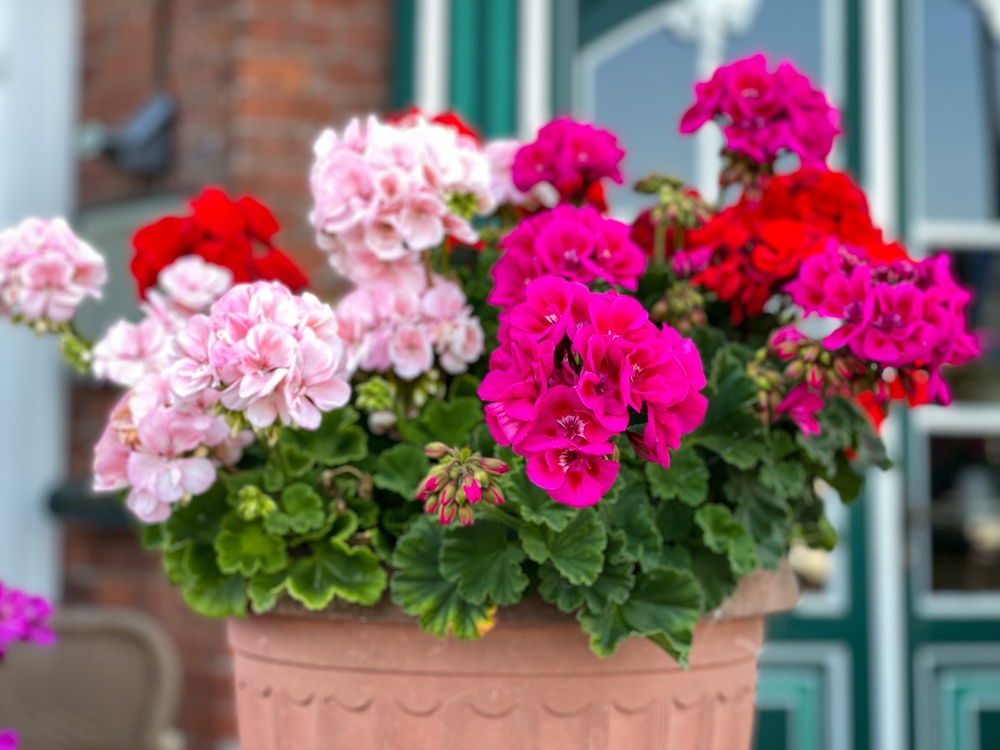
Traditional geraniums – not the hardy geraniums (Geranium species), but the tender perennials we grow in pots and planters – absolutely thrive with regular deadheading.
You can simply pinch off the entire flower cluster once it starts to fade, removing the stem down to the next leaf or bud. This not only encourages more blooms but also prevents the plant from developing fungal issues that can occur when spent flowers are left to get soggy. While this might seem like a lot of work, you’ll find it becomes a pleasant routine as you tend to your containers.
5 Flowers That Clean Up After Themselves
1. Impatiens (Impatiens walleriana and New Guinea hybrids)
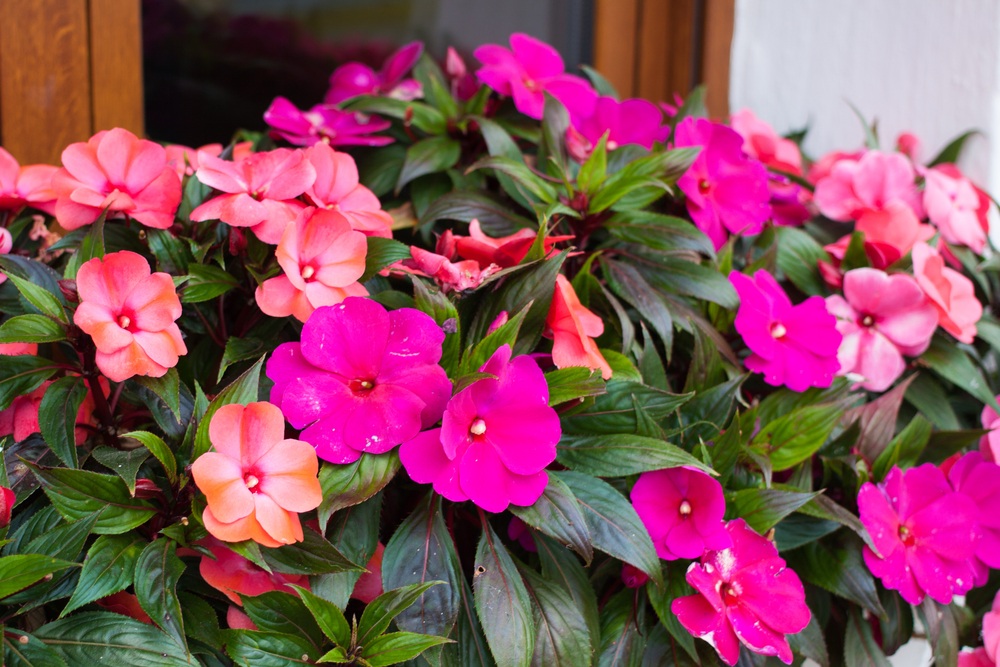
These are the ultimate low-maintenance flowers! Both regular impatiens and New Guinea impatiens are completely self-cleaning, meaning those spent petals simply drop off on their own. You can focus your energy elsewhere while these reliable performers keep blooming all season long. If you’re looking for foolproof flowers for shady areas, impatiens are your answer – just plant them and let them do their thing.
2. Begonias (Begonia species)
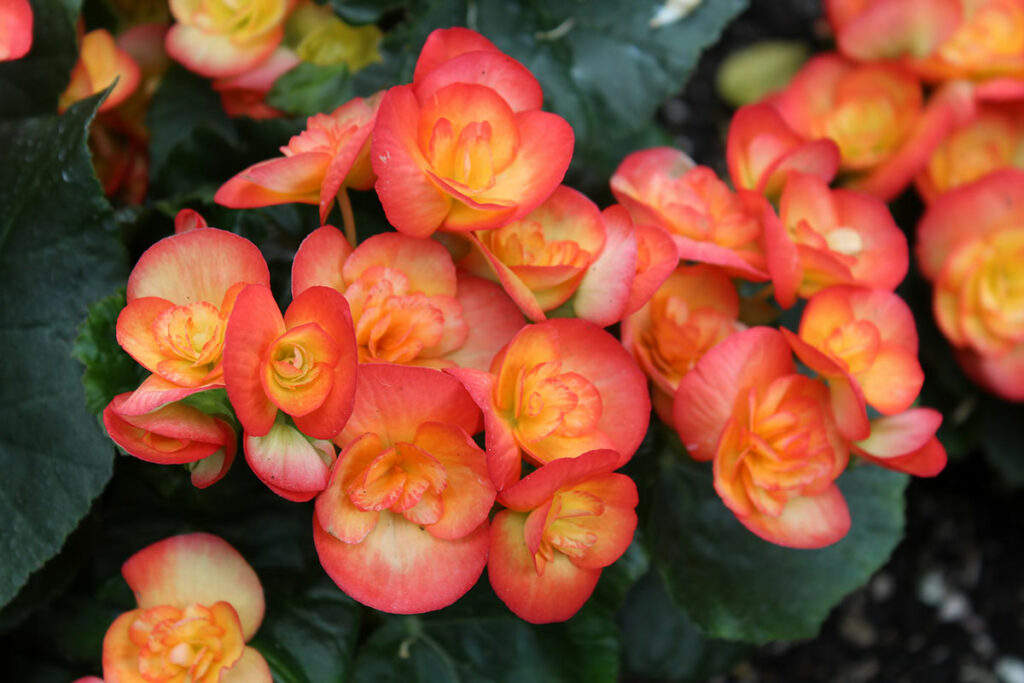
Most begonias – whether you’re growing wax begonias, rex begonias, or the popular dragon wing varieties – are wonderfully self-cleaning. The spent flowers drop off naturally, and fresh blooms keep appearing without any help from you.
However, you might occasionally want to remove any stems that look damaged or diseased, but that’s more about plant health than encouraging blooms.
3. Vinca (Catharanthus roseus)
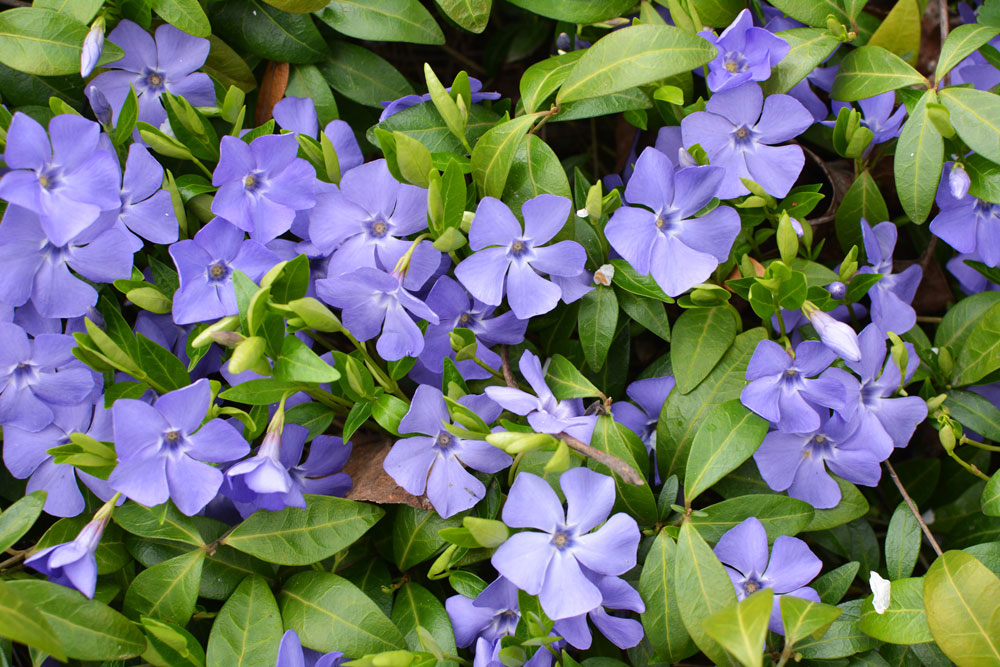
Also known as Madagascar periwinkle, vinca is one of the most carefree flowers you can grow. These drought-tolerant beauties are completely self-cleaning and will bloom continuously from spring until frost without any deadheading. You’ll want to choose vinca if you’re looking for flowers that can handle heat, humidity, and occasional neglect – they’re practically bulletproof!
4. Calibrachoa (Million Bells)
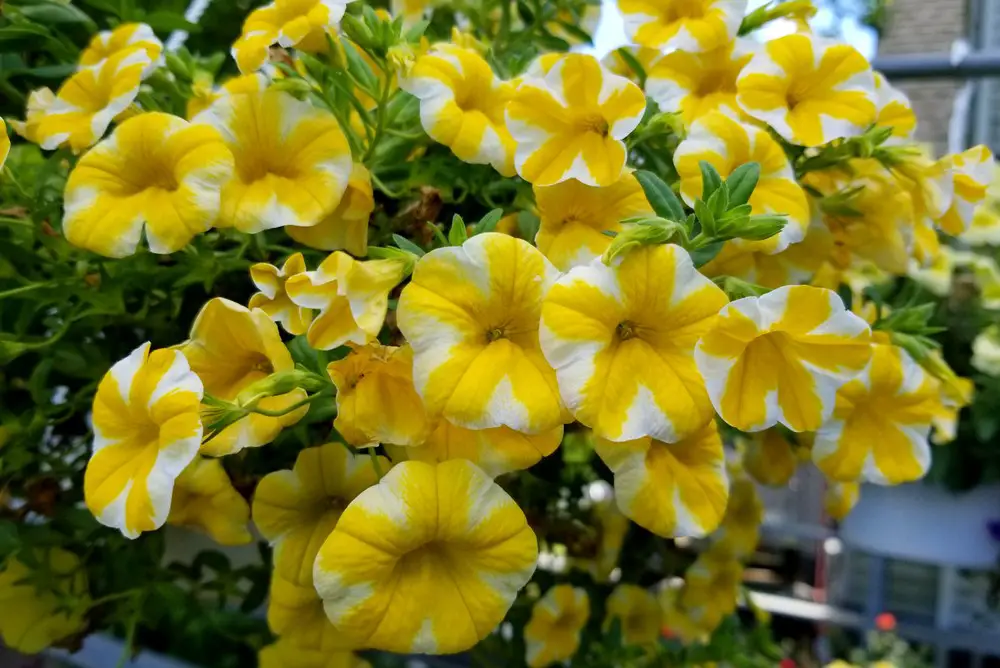
These trailing gems are perfect for hanging baskets and containers, and they’re completely self-cleaning. The tiny petunia-like flowers naturally drop off when they’re finished, making room for the constant parade of new blooms.
While you might occasionally want to pinch back long stems to encourage bushier growth, there’s no need to deadhead individual flowers. If you’re looking to create stunning hanging displays with minimal maintenance, calibrachoa is your go-to choice.
5. Lantana (Lantana camera)
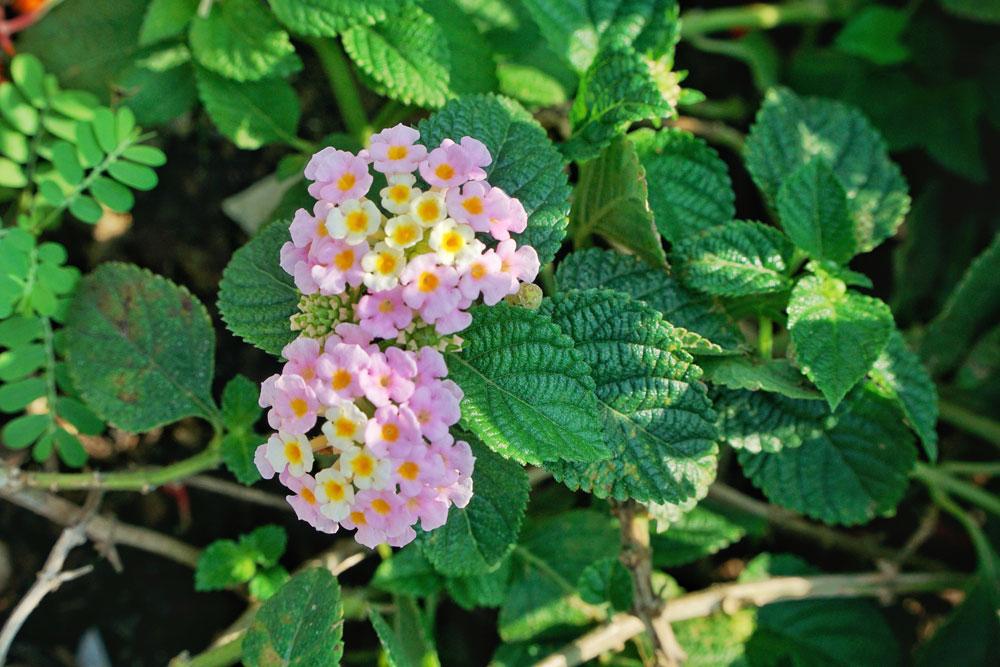
Lantana is technically self-cleaning, though some gardeners do choose to deadhead it to prevent excessive seeding (these plants can be aggressive spreaders in warm climates).
However, the flowers will continue blooming whether you deadhead or not, making lantana incredibly low-maintenance.
You’ll find that lantana is particularly valuable for attracting butterflies and hummingbirds, so if you’re looking to support pollinators without a lot of fuss, this is an excellent choice.
The Bottom Line
Remember, gardening should be enjoyable, not overwhelming! While deadheading can certainly boost flower production in some plants, don’t feel like you have to be perfect about it. Even roses will continue blooming without deadheading – you’ll just get fewer flowers. And if you choose more self-cleaning varieties, you can spend less time with the pruning shears and more time simply enjoying your beautiful garden.
The key is knowing which flowers appreciate the extra attention and which ones are perfectly happy to manage themselves. Choose a mix of both types, and you’ll have a garden that’s both spectacular and manageable – exactly what every gardener wants!
Quick Reference Guide: Deadheading vs. Self-Cleaning Flowers
| Flower | Botanical Name | Deadheading Needed? | Why/Why Not | Pro Tips |
|---|---|---|---|---|
| Roses | Rosa species | ✅ YES | Energy goes to seed production instead of new blooms | Cut to first 5-leaflet leaf at 45° angle |
| Dahlias | Dahlia species | ✅ YES | Stops blooming without regular deadheading | Deadhead every few days during peak season |
| Cosmos | Cosmos bipinnatus | ✅ YES | Focuses energy on flowers vs. seeds | Let some go to seed late season for volunteers |
| Zinnias | Zinnia elegans | ✅ YES | Encourages continuous production | Cut back to next leaf set or side shoot |
| Geraniums | Pelargonium species | ✅ YES | Prevents fungal issues, promotes blooms | Remove entire flower cluster, not just petals |
| Impatiens | Impatiens walleriana | ❌ NO | Naturally self-cleaning | Perfect for shady, low-maintenance areas |
| Begonias | Begonia species | ❌ NO | Spent flowers drop automatically | Focus energy on watering and feeding instead |
| Vinca | Catharanthus roseus | ❌ NO | Self-cleaning, drought-tolerant | Ideal for hot, sunny spots with minimal care |
| Calibrachoa | Calibrachoa species | ❌ NO | Tiny flowers drop naturally | Pinch stems for bushier growth, not flowers |
| Lantana | Lantana camara | ❌ NO | Self-cleaning (some gardeners deadhead to control seeding) | Great for pollinator gardens |

